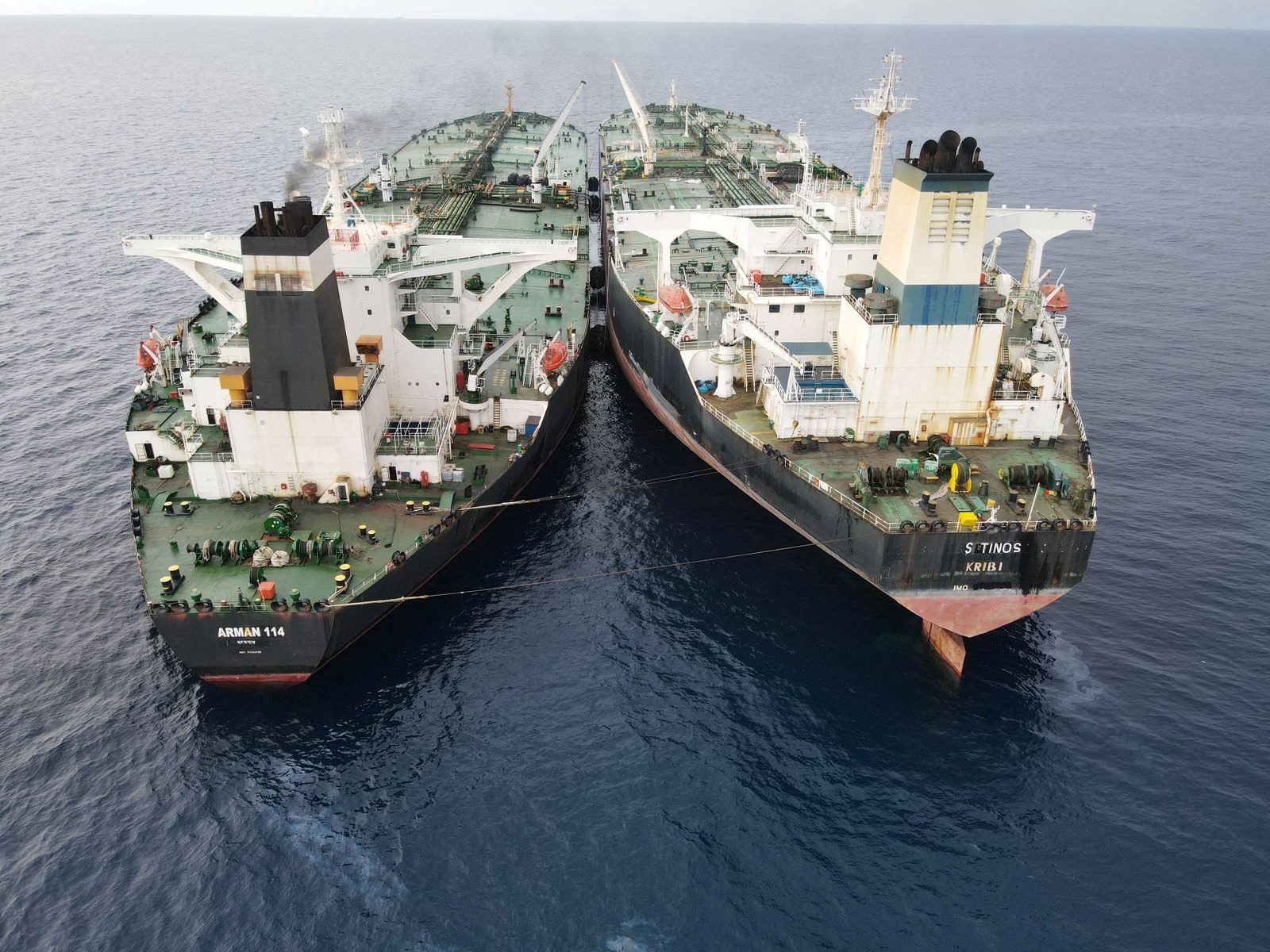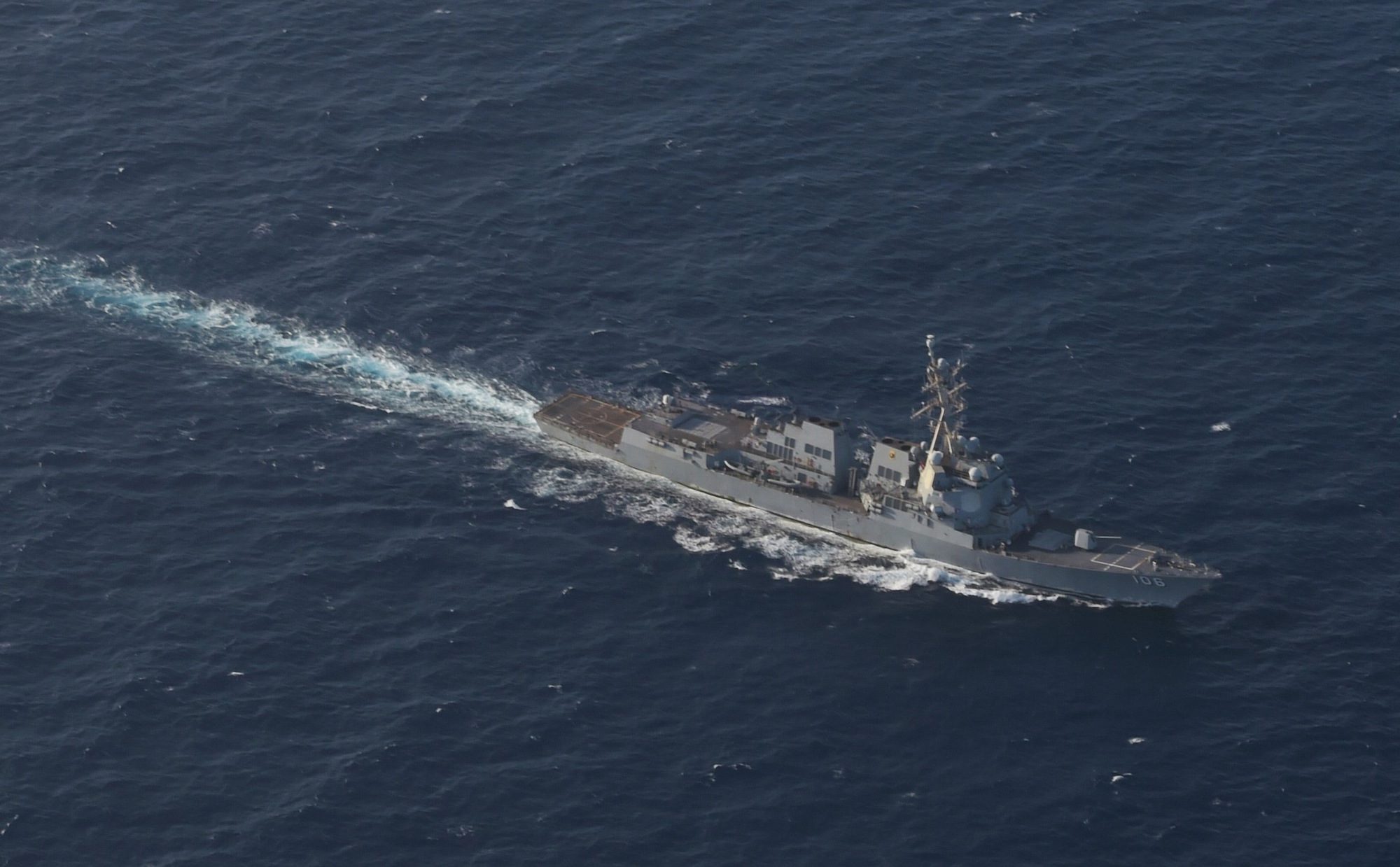By Bloomberg News
Nov 25, 2025 (Bloomberg) — The amount of Iranian crude held on tankers at sea has swelled to the highest in two-and-a-half years, reflecting slower demand from top buyer China even as exports from the OPEC member remain elevated.
There are about 52 million barrels of the nation’s oil in floating storage, the most since May 2023, with roughly half off Malaysia, data from shipping-intelligence firm Kpler showed. That’s close to double the volume just a month ago, and up from 5 million to 10 million barrels in January.
The pile-up has caused discounts on grades such as Iran Light to widen, gapping out as much as $8 a barrel to ICE Brent, according to traders familiar with the market, who declined to be identified discussing sensitive trades. That compares with a discount of about $4 in August, they said.
The global oil market is awash with crude at present as OPEC+ loosens supply curbs, and rival drillers continue to add production. The swelling Iranian volumes may add to pressures for weaker prices, with Brent futures — the global benchmark — down by more than 15% so far this year. Despite sanctions, Iranian exports are running at the fastest clip in seven years.
China is the main taker of Iranian crude, with the nation’s private refiners — known as teapots — the leading importers. At present, those processors have run low on the official quotas required for permission to take shipments from overseas, diminishing their appetite for flows, according to traders.
In addition, recent US sanctions on some key terminals in China such as Rizhao — a major entry point for Iranian crude — have hindered discharges, forcing some ships to divert to alternative ports.
© 2025 Bloomberg L.P.

 Join The Club
Join The Club










